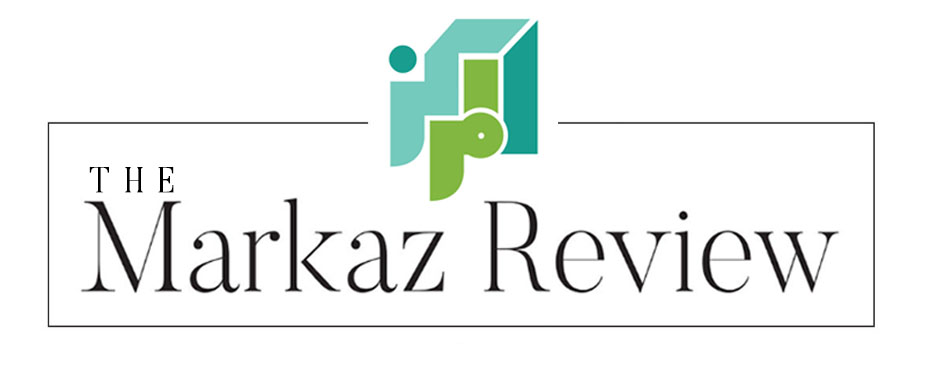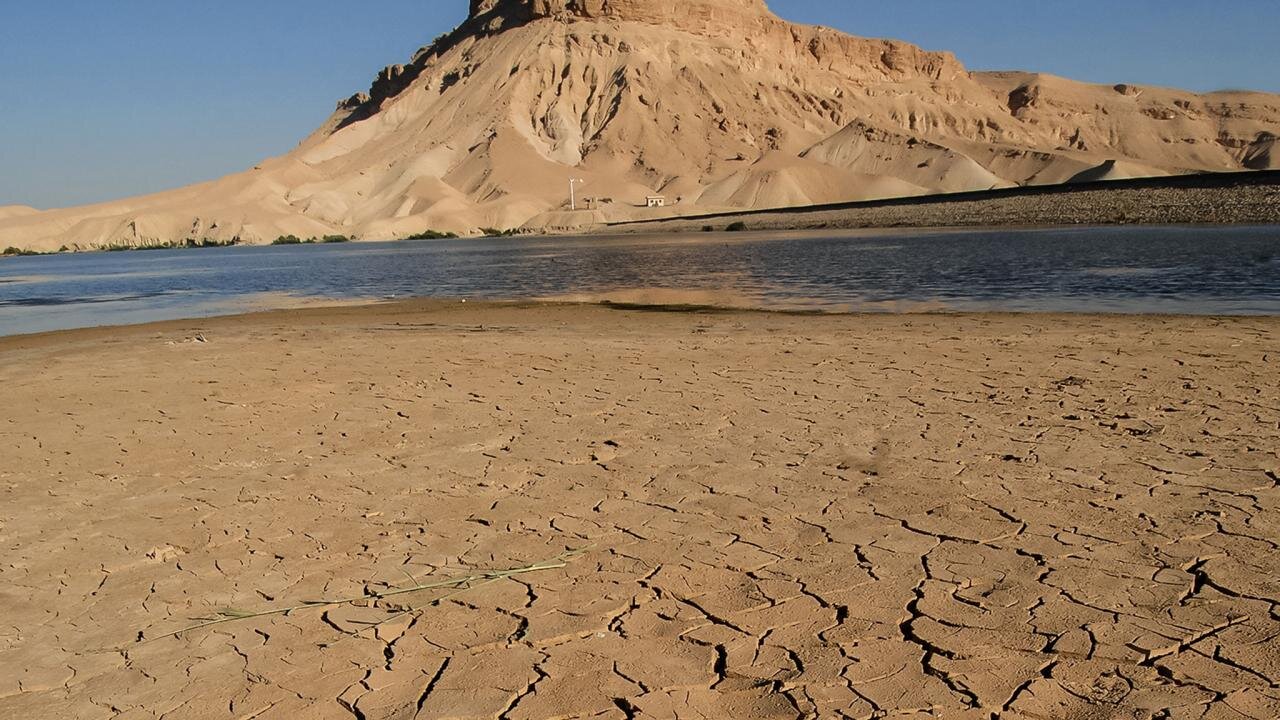In which we explore whether Syria’s is the first “climate war” in the Middle East.
Jordan Elgrably
When you live in southern California you become accustomed to, even blasé about catastrophe on a grand scale: wildfires, floods, riots, earthquakes and, often for long stretches, the drought. In a state where droughts have lasted for years, lifetime Californians are occasionally visited by visions of the Apocalypse—particularly during the most recent drought, a seven year chasm from 2011 to 2019. (You can imagine what would happen in a state where nearly 40 million people had to fight each other over water.) I confess that sci-fi movies in which the shortage of water is critical, like Mad Max, 72%, Quantum of Solace and The Book of Eli, affect me more profoundly than horror flicks. The fear of the tap running dry is akin to claustrophobia—running out of water is almost as bad as running out of air, after all. Thus, during the latest drought, I was more than happy to economize my water usage, to the point of flushing every third go and sharing a bath with my wife and young son, depending on who decided to go first.
Despite California wildfires which have been devastating in recent years—and a dramatic drain on the state’s water resources besides—droughts have never led to civil war. But in 2015, President Barak Obama claimed that climate change resulted in the drought in Syria, which helped fuel the start of that country’s civil war. In his words:
Around the world, climate change increases the risk of instability and conflict. Rising seas are already swallowing low-lying lands, from Bangladesh to Pacific islands, forcing people from their homes. Caribbean islands and Central American coasts are vulnerable, as well. Globally, we could see a rise in climate change refugees…Elsewhere, more intense droughts will exacerbate shortages of water and food, increase competition for resources, and create the potential for mass migrations and new tensions. All of which is why the Pentagon calls climate change a “threat multiplier”…It’s now believed that drought and crop failures and high food prices helped fuel the early unrest in Syria, which descended into civil war in the heart of the Middle East. —Barak Obama
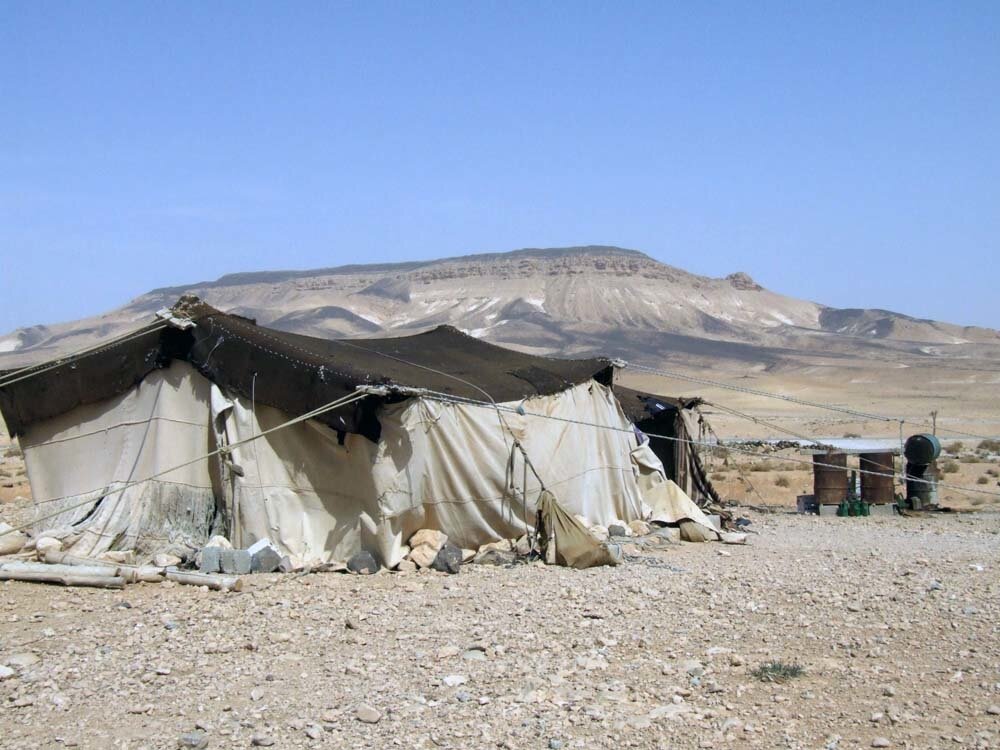
Was Syria’s civil war in fact a climate war in the mode of Darfur in the Sudan—called by some the world’s first climate change war? In Destroying A Nation, The Civil War in Syria (2017), Nikolaos Van Dam argued that, “In the years preceding the Syrian Revolution, the agricultural economy [italics mine] had been severely affected by drought, reportedly the worst for at least 500 years, causing more than a million rural people to migrate to the cities. This added up to the situation being explosive.”
It is essential to point out that the drought in Syria was said to have begun in 2006, years earlier.
In their book Burning Country, Robin Yasin-Kassab and Leila Al-Shami noted, “By 2010 the drought had pushed between two and three million Syrians into extreme poverty, destroying the livelihoods of around 800,000 farmers and herders, and forcing hundreds of thousands off their lands.”
Looking a little further, I found that in the Oct. 13, 2010 edition of the New York Times, a journalist sent to report on the drought visited northeastern Syria’s Raqqa (later to become the fiefdom of ISIS before Bashar Al-Assad’s forces took back the town in 2017). At first, his words reminded me of a 1930s Baedeker’s travel guide as he waxed poetic. The NYT journalist wrote:
The farmlands spreading north and east of this Euphrates River town were once the breadbasket of the region, a vast expanse of golden wheat fields and bucolic sheep herds.
Now, after four consecutive years of drought, this heartland of the Fertile Crescent — including much of neighboring Iraq — appears to be turning barren, climate scientists say. Ancient irrigation systems have collapsed, underground water sources have run dry and hundreds of villages have been abandoned as farmlands turn to cracked desert and grazing animals die off. Sandstorms have become far more common, and vast tent cities of dispossessed farmers and their families have risen up around the larger towns and cities of Syria and Iraq.
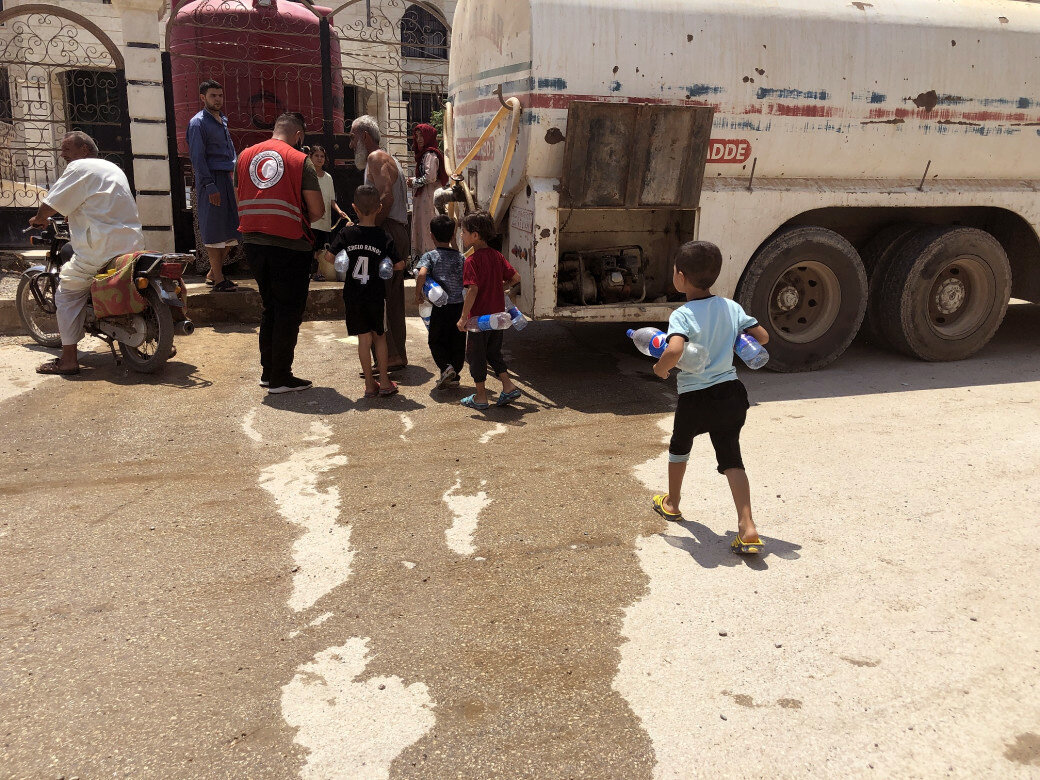
Not all observers are convinced that Syria’s drought fueled its civil war. In 2017, two Swedish researchers at the University of Lund produced a paper largely contrarian in its arguments. Lina Eklund and Darcy Thompson wrote: “The drought which affected Syria has been described as a severe, multi-year drought that lasted between 2006 and 2010. But rainfall levels in 2006, 2007, 2009 and 2010 were close to normal, both in Syria as a whole and in the northeastern ‘bread basket’ region. This suggests that only 2008 was a real drought year.” They went on to say that the relationship between climate change, drought, migration and conflict is not entirely clear. Assuming they are neutral and dispassionate academics, what then?
Eklund and Thompson allowed that “there was a mass exodus of farming families from the worst drought-affected areas in the north of the country…to the nearby cities of Damascus, Hama and Aleppo. However, what role this migration played in helping to fuel the uprisings and then the conflict is far from clear.” Our friendly Swedes concluded that, “Conflict is not inevitable in the face of drought.”
Regardless, the harsh lack of water challenged livelihoods for thousands of farmers and caused more than a million Syrians to migrate to cities where they were often unwelcome strangers, clamoring for already-scarce employment. Imagine that additionally, many kept their frustrations bottled up out of fear of the mukhabarat (secret police), where in a culture of repression, political speech is policed and punished severely. Life under Assad’s Kingdom of Silence would only fuel further anger and resentment, when food, water and jobs were in short supply.
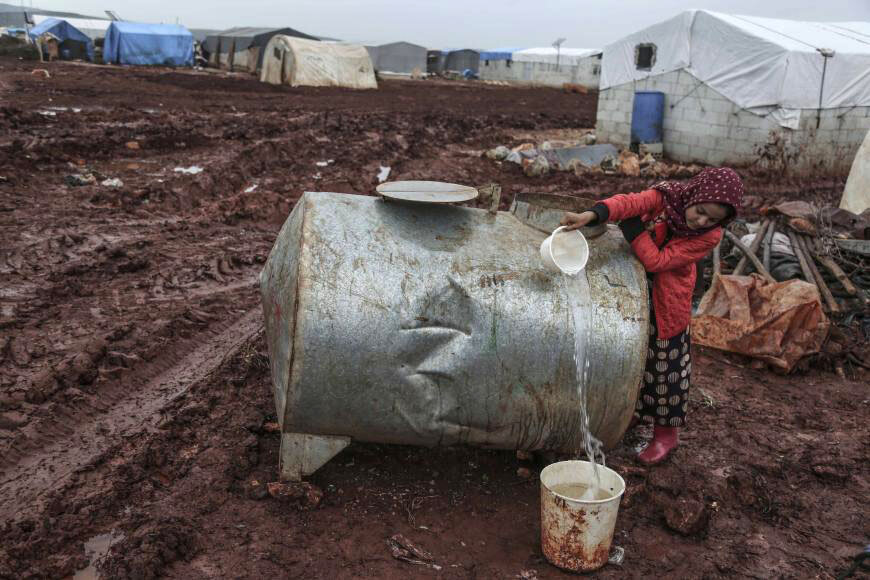
In October, the International Committee of the Red Cross reported that the city of Hassakeh, in northeastern Syria, had experienced its worst water shortage in years, and Human Rights Watch has decried water shortages in northern Syria along the Turkish border, including and especially in the refugee camps, where HRW representatives have “documented dire conditions…including overflowing latrines, sewage trickling into tattered tents, and residents drinking wash water from tanks containing worms. These conditions are likely to be exacerbated with the water supplies cut off, and will only put the population at greater risk of contracting coronavirus.” Most heartbreaking is observing children who suffer from lack of water and nourishment. As the ICRC reported, “Haidar, an 11-year-old said: ‘We are dying, and we need every drop of water.'”
After a decade of conflict, an estimated 15 million Syrians lack clean water. International relief agencies remain focused on bringing food and water to the region. The nonprofit group Action Against Hunger points out that among its “top priorities is to meet the immense need for access to clean water, safe sanitation, and healthy hygiene” in Syria.
This year on the 22nd of March, the United Nations marks World Water Day, and on June 17, World Day to Combat Desertification and Drought. UN ecologists argue that drought isn’t inevitable. “Desertification does not refer to the expansion of existing deserts. It occurs because dryland ecosystems, which cover over one third of the world’s land area, are extremely vulnerable to overexploitation and inappropriate land use. Poverty, political instability, deforestation, overgrazing and bad irrigation practices can all undermine the productivity of the land…At the same time, strengthening the resilience of our food and water systems can help reduce the effects of the pandemic on global poverty and food insecurity.”
It remains true that more people in the world have access to a mobile phone than basic sanitation and clean drinking water. One of the first challenges of the so-called Fourth Industrial Revolution, particularly for the parched regions of the Arab world and Africa, is to make clean, safe drinking water available at low- or no-cost to millions of people. A couple of years ago the World Economic Forum published a report entitled “Harnessing the Fourth Industrial Revolution for Water,” in which the authors came to a rosy conclusion. They envisioned “ensuring universal access to safe drinking water along with water for industry, energy, agriculture and ecosystems,” although they didn’t venture at what cost.
At the end of the day, even if Syria’s civil war was not directly caused by climate change, the drought has meant lasting damage. Says Nodira Akhmedkhodjaeva in an Aleppo Project report from the Central European University in Budapest, “Syria is drying up and will only get drier…Reconstruction is going to have to deal with the issue of drought and permanent water shortages the country will face, in part because of policies of the past six decades and in part because of climate change.”
Whether you live in California, Syria or the south of France, for that matter (where drought has been a reality for years), the future is already here. It is time we understood that climate change doesn’t care whether we believe it’s real or not; rising sea levels, wildfires and water shortages are here to stay. Question is, what actions will we take collectively to stave off thirst on earth?

